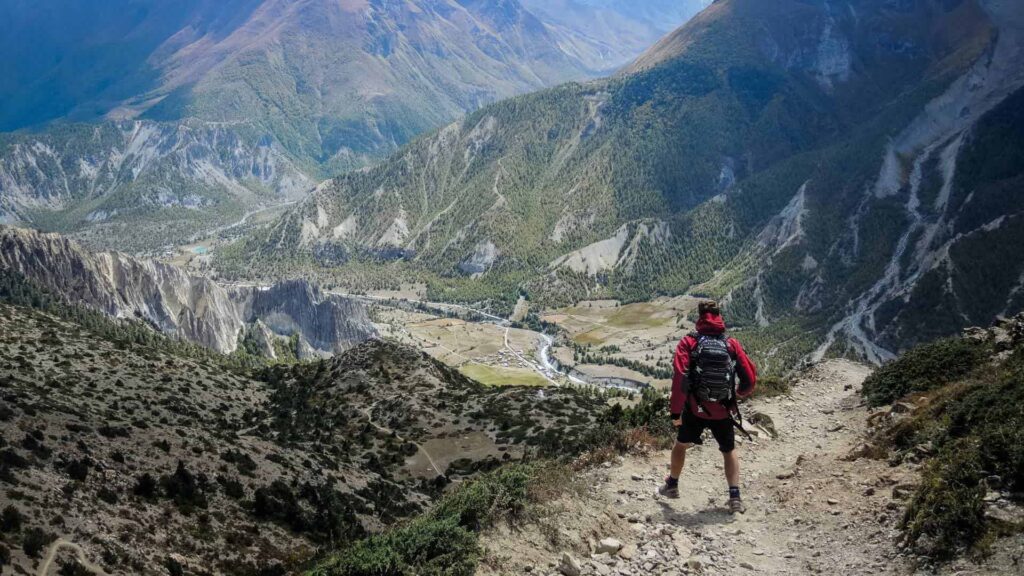Hiking is a fantastic way to connect with nature and get some exercise, but it’s important to prioritize safety during your outdoor adventures. Whether you’re a beginner or a seasoned hiker, knowing how to stay safe on the trail is essential. Here are some top tips for outdoor hiking safety that will help ensure you have an enjoyable and safe hiking experience.
Plan Ahead and Research the Trail
Before heading out, always research the trail you plan to hike. Look for information on the difficulty level, terrain, weather conditions, and estimated hike time. Many trails have specific guidelines regarding permits, seasonal closures, or potential hazards. Use hiking apps or websites to find trail maps and reviews from fellow hikers. Planning ahead helps you set realistic expectations and be prepared for what’s ahead.
Wear Proper Footwear
Choosing the right footwear is essential for hiking safety. Make sure to wear sturdy hiking boots or shoes that offer support, traction, and protection for your feet. Good footwear can prevent blisters and reduce the risk of ankle injuries. It’s also a good idea to break in new boots before embarking on a longer hike.

Dress in Layers
Outdoor conditions can change rapidly, especially in mountainous or forested areas. Dressing in layers allows you to adjust your clothing according to the weather. Wear moisture-wicking base layers to keep sweat away from your skin, followed by an insulating layer for warmth, and a waterproof or windproof outer layer for protection from rain or wind. Always bring an extra layer in case the temperature drops unexpectedly.
Carry Essential Gear
Being prepared with the right gear can make a big difference in an emergency. Some essential items to bring on every hike include:
-
A map or GPS device
-
A fully charged phone (in case of emergency)
-
First aid kit
-
Extra water and snacks
-
A headlamp or flashlight
-
Sunscreen and sunglasses
-
A multi-tool or knife
Having the right gear ensures you’re ready for unexpected situations and can help prevent accidents.
Stay Hydrated
Staying hydrated is crucial while hiking, especially in warm weather. Dehydration can lead to fatigue, dizziness, and even heat stroke. Always bring plenty of water and take regular sips throughout your hike. In areas where water sources are scarce, consider using a water filter or purification tablets in case you need to refill.
Know Your Limits
It’s important to know your fitness level and be realistic about how much you can handle. If a trail is too challenging or you’re unsure about your stamina, don’t push yourself. Hiking beyond your physical limits can lead to exhaustion, injury, or getting lost. Choose a trail that aligns with your skill level and gradually work your way up to more difficult hikes.
Stay on Marked Trails
Straying off marked trails can lead to dangerous situations, such as getting lost or encountering hazardous terrain. Always stay on well-established trails and follow trail markers or signs. If the trail is unclear or poorly marked, consider turning back or finding an alternate route to ensure your safety.
Hike with a Friend
Whenever possible, hike with a companion. Having someone with you can be crucial in case of an emergency. You can help each other in case of injury, share resources like food and water, and provide moral support. If hiking alone, make sure to tell someone where you’re going and your estimated return time.
Be Aware of Wildlife
Many hiking trails pass through areas inhabited by wildlife. While encounters with animals are generally rare, it’s important to stay alert. Be respectful of wildlife by maintaining a safe distance and avoiding feeding animals. Know what to do in the event of an encounter with a bear, snake, or other potentially dangerous animal. Carrying bear spray or other deterrents in certain areas may be advisable.
Check the Weather
Before you set out, check the weather forecast for the area. Weather conditions can change quickly, and being caught in a storm or extreme temperatures can be dangerous. If the weather turns bad while you’re hiking, it’s better to turn back early rather than risk getting stuck in hazardous conditions. Always be prepared for unexpected weather changes, especially in high-altitude or mountainous areas.
Follow Leave No Trace Principles
Preserving nature is an essential part of hiking safely and responsibly. Follow Leave No Trace principles, such as packing out all trash, staying on designated trails, and avoiding disturbing wildlife. By being respectful of the environment, you help ensure that natural spaces remain beautiful and accessible for future hikers.
Conclusion
By following these outdoor hiking safety tips, you can ensure that your hiking experience is both enjoyable and safe. Plan ahead, wear the right gear, stay hydrated, and always stay aware of your surroundings. Hiking is an incredible way to explore nature, and with the right precautions, you can have a rewarding and safe outdoor adventure.











